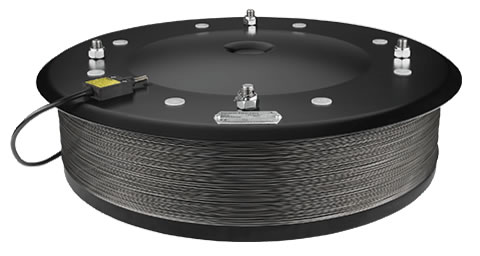Combustible Dust Explosion Risks
Combustible Dust Explosion risks can be reduced by using an IEP Technologies system.
Just about every facility that handles, stores or processes solids has an explosion risk when those solids turn into dust during processing. Dust explosions can and do occur in a wide range of materials including but limited to: Aluminum, Cellulose, Charcoal, Corn, Floor, Fungicides, Grain, Milk Powders, Pharmaceuticals, Plastics, Resin, Starch, and Sugar. As a general rule, if a material can burn, under the right conditions, it can and will explode.
Combustible dust explosion environments are found in conveying, processing, pulverizing and storing processes. Each of these environments has their unique challenge when it comes to reducing or eliminating explosion risks.
Explosion Protection Techniques
As a general rule, if a material can burn, under the right conditions it can and will explode. Selecting the right type of explosion protection system can make the difference.
Explosion Venting is one of three basic system elements used for protection from combustible dust explosions. The other two are Isolation and Suppression. When product cannot be released safely into the environment, a process vessel is located within 3 meters of building perimeter, or when an explosion cannot be vented in a safe area a Suppression system is required. When there is the possibility that a fireball could spread to other buildings or process vessels though interconnecting pipework, an Isolation system is required.
Combustible Dust NFPA Standard
NFPA 654, Standard for the Prevention of Fire and Dust Explosions from the Manufacturing, Processing, and Handling of Combustible Particulate Solids, contains comprehensive guidance on the control of dusts to prevent explosions. The following are some of its recommendations:
- Minimize the escape of dust from process equipment or ventilation systems;
- Use dust collection systems and filters;
- Utilize surfaces that minimize dust accumulation and facilitate cleaning;
- Provide access to all hidden areas to permit inspection;
- Inspect for dust residues in open and hidden areas, at regular intervals;
- Clean dust residues at regular intervals;
- Use cleaning methods that do not generate dust clouds, if ignition sources are present;
- Only use vacuum cleaners approved for dust collection;
- Locate relief valves away from dust hazard areas; and
- Develop and implement a hazardous dust inspection, testing, housekeeping, and control program (preferably in writing with established frequency and methods).
An initial step in these types of situations is always to eliminate or control potential ignition sources wherever they are likely to occur (some examples include hot surfaces, open flames, friction or uncontrolled electrostatic discharges), but in many cases the explosion risk is ever present and therefore techniques to mitigate the potentially catastrophic effects must be employed.
For example, we worked with a client who provides a wide variety of toll processing services across many industrial sectors, including milling, size reduction, blending, extruding and packaging, and many of these processes involve potentially combustible powders. These not only pose industrial dust explosion hazards, but also the additional problems of fugitive dust emissions within the general working environment, creating accumulations on the ground and associated equipment surfaces, as well as unsafe working conditions for employees. In this case it was therefore clearly necessary to install a dust collection system, but in view of the varying requirements of specific production processes, a flexible “mobile” solution was sought so that it could be rapidly deployed to different product lines, depending on the needs of the process.
Working with design engineers from IEP Technologies and one of their local specialist distributors in the Northeast, solution was selected which combined flexibility and cost effectiveness without compromising on the vital need for protection against industrial dust explosions. To protect the unit against dust explosions the Dust Collector was designed with a passive explosion protection system consisting of three main elements:
 First, on the system inlet, a self-actuating passive isolation flap valve was selected as a means of mitigating against the propagation of pressure, flame and burning materials.
First, on the system inlet, a self-actuating passive isolation flap valve was selected as a means of mitigating against the propagation of pressure, flame and burning materials.
Second, on the main dust collection unit, an EVN Flameless Explosion Vent was sized to relieve the rapid pressure build up that would be created by an explosion event, while at the same time cooling and safely venting the resulting explosive gases.
Third and finally, on the exhaust duct from the dust collection system, a Ventex Passive Isolation Float Valve was chosen to provide a mechanical barrier to protect against explosion propagation from the Dust Collector to connected ducting and equipment.
In accordance with NFPA requirements, the protection devices are interfaced with the plant control system so that they can trigger an alarm or shut down the process in the event of an explosion event.
By working closely with companies, and identifying practical solutions to protecting dust collection systems, IEP’s has earned the reputation as a trusted industrial explosion protection partner.
